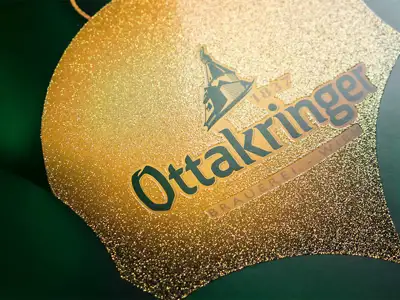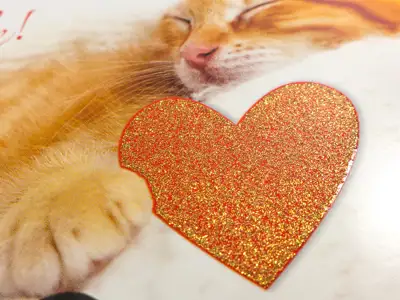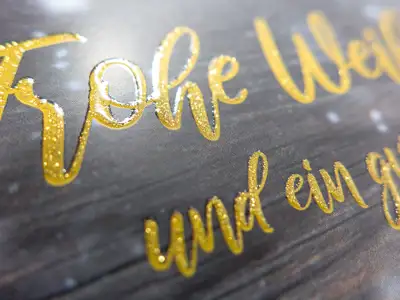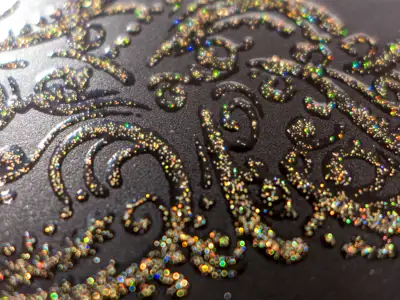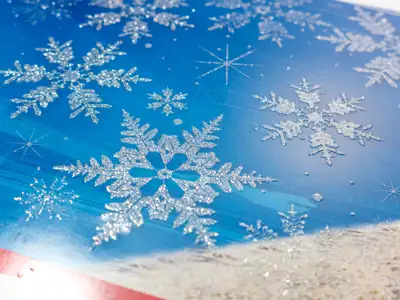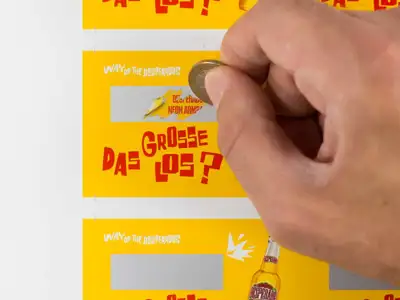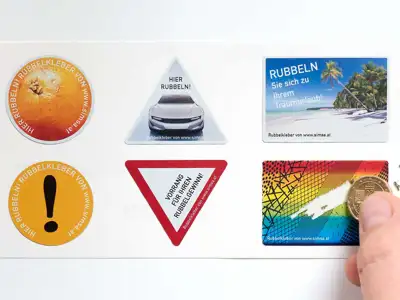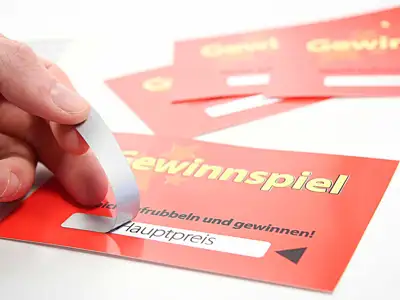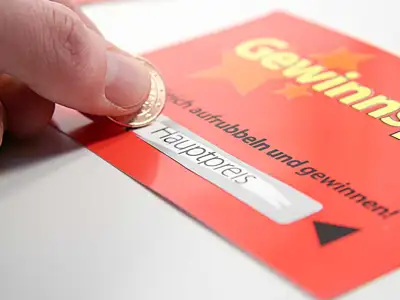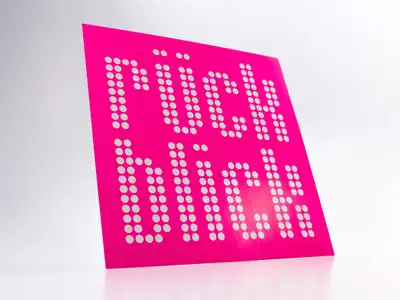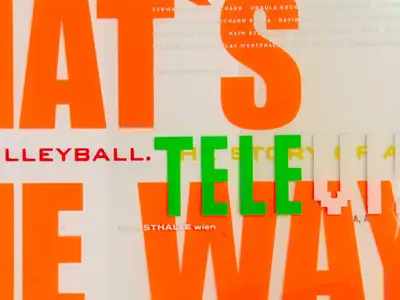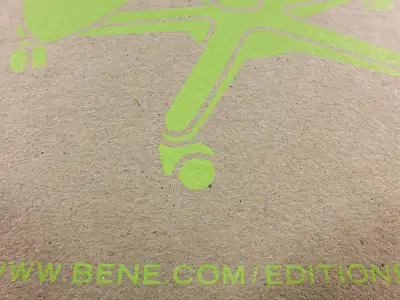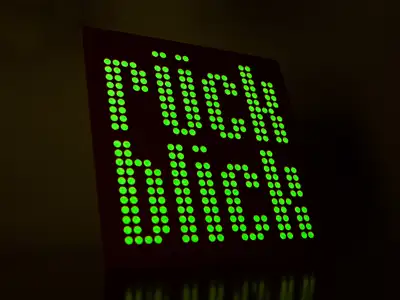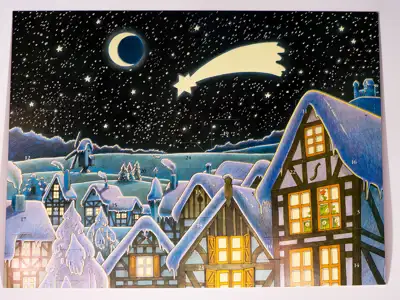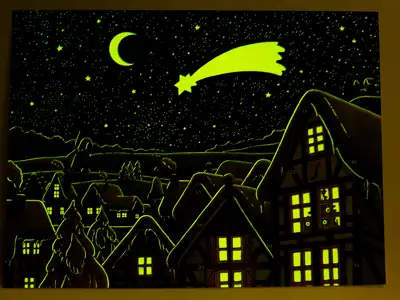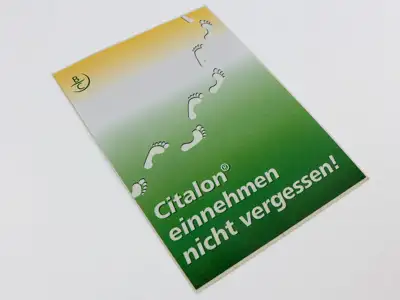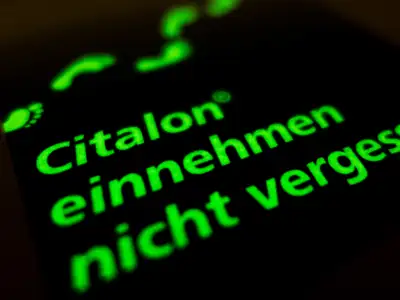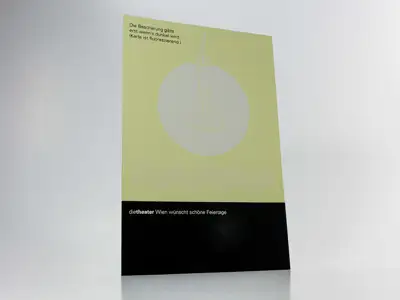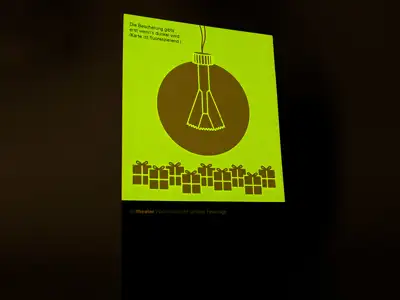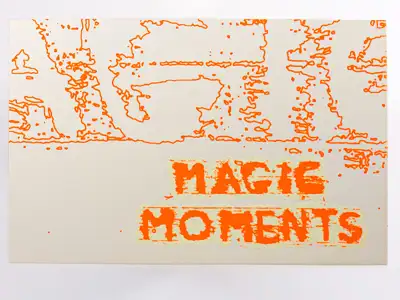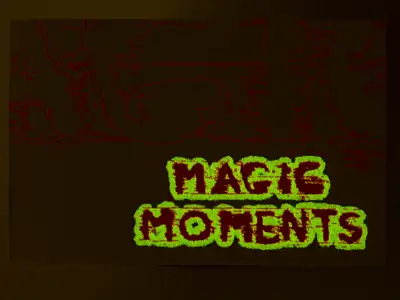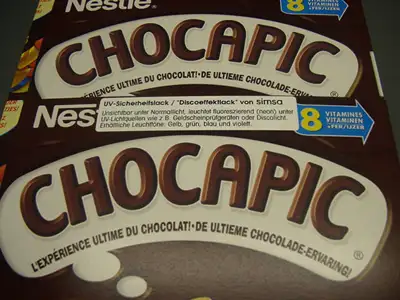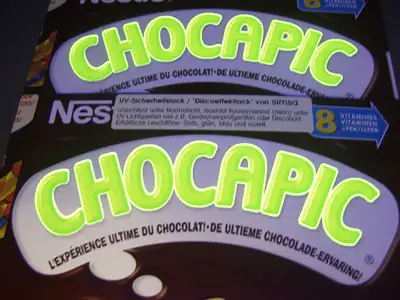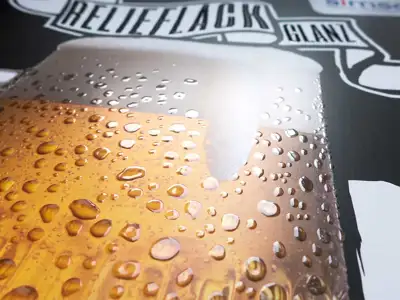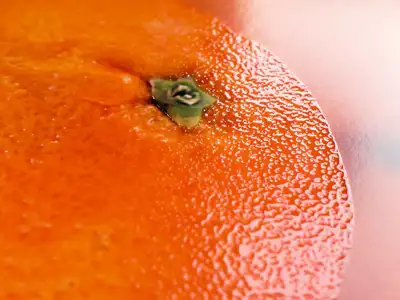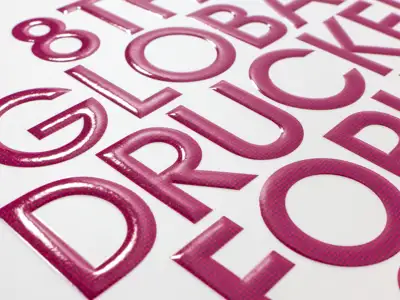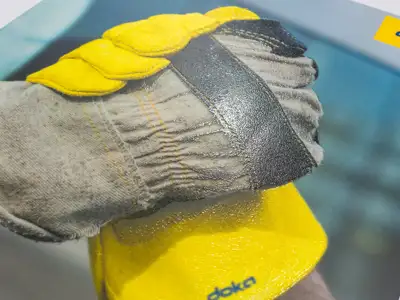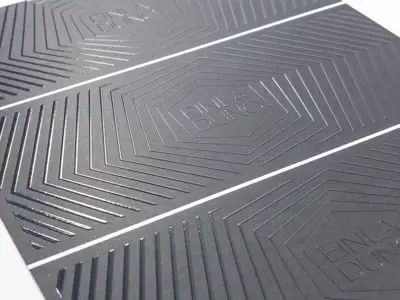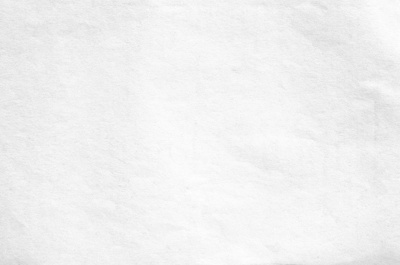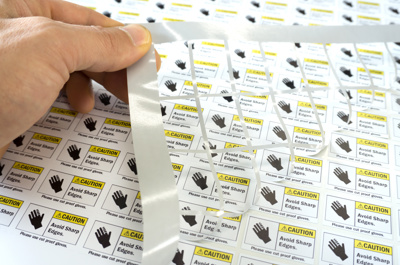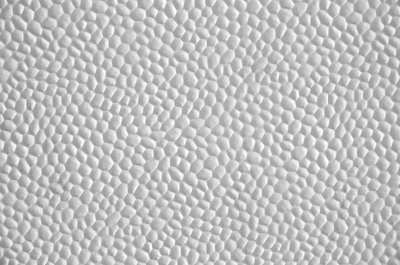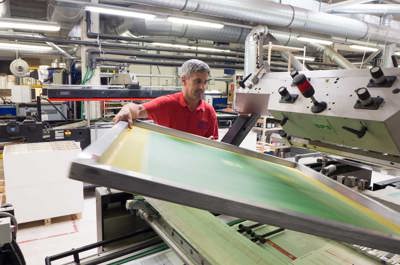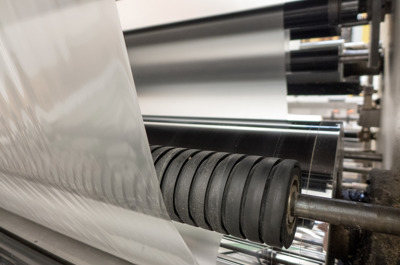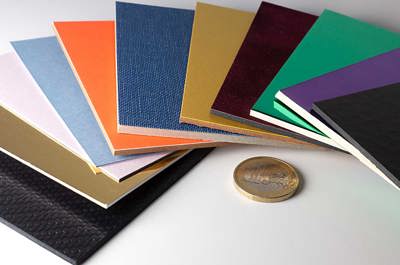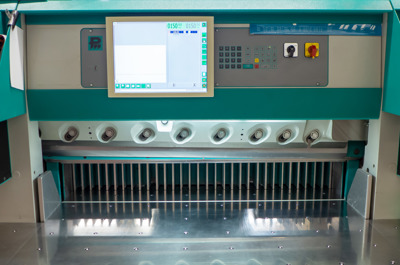Effect inks
Some inks not only reproduce a printed image, but also provide an additional benefit in the form of printed functionality.
Below you will find a small list of frequently requested effect colors. Do you have a request that goes beyond the following? Ask us!
Glitter varnish / glitter lacquer
Want a little glitter and glamour for your communication? We conjure up sun glitter and star sparkle for you! You can find more information here: Glitter varnish
Rubbing colors
Our scratch printing awakens the play instinct in people. You can find more information here: Rubbing print
Day Glow Colors / Neon Colors
The pigments of dayglow ink have a neon color due to the natural UV component in sunlight. This is also referred to as fluorescent ink. Signal colors are usually preferred as fluorescent colors, such as neon red, neon pink, neon orange, neon yellow or neon light green. Due to the implementation in thick-layer screen printing, our neon colors have a particularly intensive effect compared to other printing processes. We can also print them on materials up to several millimeters thick, such as cardboard.
Phosphorescent ink (Glow-in-the-dark)
This ink stores light energy and releases it again in the dark by glowing. Colloquially the term noctilucent has also become established.
Technically speaking, one speaks of phosphorescent ink, internationally one likes to speak of a "glow in the dark" effect.
Like the battery in electricity, the effect weakens over time and can be strengthened again by recharging under light. The brighter the background, the better and longer the luminous effect.
Glow-in-the-dark ink is slightly milky-transparent in daylight and glows yellow with a slight greenish tinge in the dark. It is often used in the field of stickers and signs for marking escape routes. In the graphic arts sector, it is often used for mailings, book covers or Advent calendars.
Anti-fraud varnish / black light lacquer
The almost transparent and thus unnoticeable security coating suddenly glows neon-colored under certain light sources. The required light wavelength is found in bill validators and, curiously, also in the so-called "black light" or "UV light" of discotheques and club dancefloors. In addition to its use in security printing, for example as protection against counterfeiting of vouchers, the coating is therefore also popular for stunning advertising in discotheques, bars and nightclubs.
Relief Varnish & Tactile Prints
Appeal to an additional sense through a pleasant tactile sensation. You can find more info on this at the point Tactile Prints.
Textured coatings
Whether orange peel, wood grain, tree bark, stone surfaces or fabric: we print natural structures that make your images look even more lifelike. You can find more information about this under the item varnish effects.
Interference colors
Interference colors are colors with a tilt effect, i.e. a slight change in the ink´s shade, depending on the viewing angle. This effect tends to avoid attraction, in order to be used as an inconspicuous but effective security feature to protect security printing types against counterfeiting. In security printing, the term "OVI" for "optically variable ink" is also used for such kind of inks.
Cold reactive and warm reactive ink
Colloquially, people also like to say "thermal ink" printing, as an abbreviation of the technical term thermochromatic inks.
These colors react to changes in the surrounding temperature. Depending on the temperature and color setting, they disappear or appear unexpectedly. A well-known example is the beer bottle, on whose label a toast suddenly appears when it cools down under 8°C.
Thermal ink set to heat covers underlying offset printing. When exposed to warmth, such as placing a finger or hand on it, exhaling warm breathe on it or holding it up to the radiator, the ink layer becomes largely transparent and the offset printed image underneath becomes visible. When cooled, the ink regains opacity.
Both effects, cold-sensitive and heat-sensitive printing, are reversible and can therefore be repeated several times.
Opaque is only available in black. Colored shades are not opaque and are therefore particularly suitable for cold applications such as in the refrigerator.
Please be sure to note:
We strongly advise against thermal inks for heat applications, as they do not provide quick wow effects for advertising purposes: The transition from color to extensive transparency is only gradual and by no means sudden, as when a light switch is flicked. Also, the surface of the hand only has a certain amount of thermal energy. Fields as small as only 2 x 2 cm can therefore react very hesitantly. Also, even at full resolution, a slight haze always remains! Likewise, temperature fluctuations of the seasons can cause problems: Temperature settings, which are necessary for a release by hand heat, often automatically lead to a permanently transparent reacted color on hot summer days.
Colors for cold applications, such as bottle labels for chilled beverages like beer or wine, on the other hand, are free of such problems and offer great opportunities for amazing advertising design.
